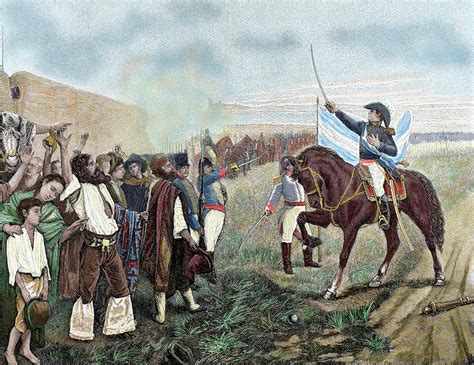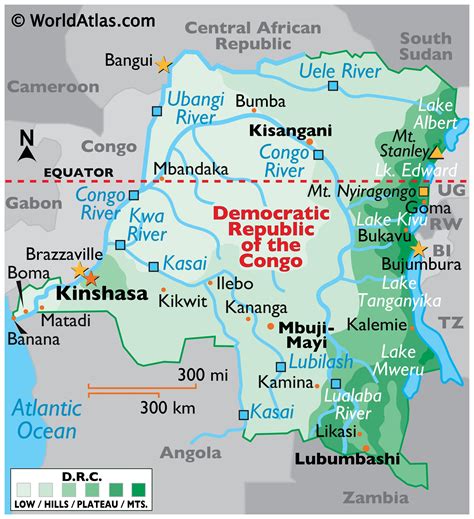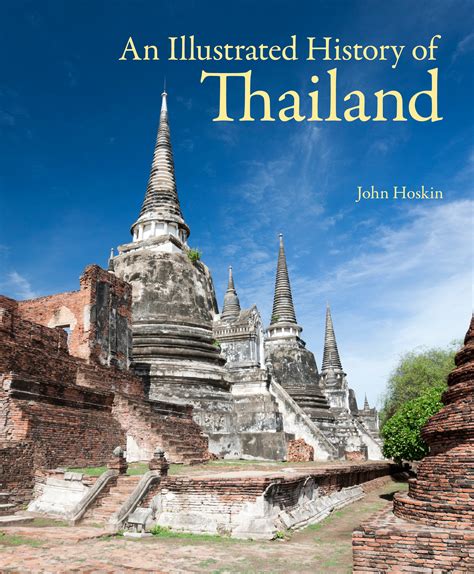Discover the rich history of Palau from early settlement to independence. Learn about European explorers, Spanish rule, Japanese occupation, and Palau’s journey to independence.
Early Settlement of Palau
Contents
Palau, an island country located in the western Pacific Ocean, has a rich history that dates back thousands of years. The early settlement of Palau can be traced back to around 1000 BC, where the first wave of settlers is believed to have arrived from the Philippines. These early settlers are thought to be of Austronesian descent and are responsible for the establishment of the unique Palauan culture and traditions.
The early inhabitants of Palau were skilled navigators and fishermen, relying on the natural resources of the islands for their sustenance. They developed complex social and political systems, with a strong emphasis on communal living and a deep reverence for the natural world. The remnants of their ancient civilization can still be seen today in the form of intricate stone monoliths and ancient village sites.
One of the most significant aspects of the early settlement of Palau is the establishment of the famous stone monoliths, known as bai, which were used as meeting houses and centers of social and political activity. These impressive structures are a testament to the advanced architectural and engineering skills of the early Palauan people and have become an iconic symbol of the island’s cultural heritage.
The early settlement period laid the foundation for the vibrant and resilient society that Palau is today. The traditions, customs, and values passed down from generation to generation continue to shape the identity of the Palauan people, making the early settlement of Palau a crucial chapter in the country’s history.
Arrival of European Explorers
When European explorers arrived in Palau in the 16th century, they found a thriving indigenous culture with a complex social structure. The islands were inhabited by the skilled seafaring people who had been living there for thousands of years. The arrival of European explorers marked the beginning of significant changes for the native Palauan population.
With the arrival of European explorers, Palau was introduced to new technologies, goods, and diseases. The impact of European contact on Palau was profound. The native Palauans were exposed to new religions, languages, and customs. The introduction of European goods such as metal tools and firearms also had a significant impact on the traditional way of life in Palau.
European explorers also brought diseases such as smallpox, measles, and influenza, which had devastating effects on the indigenous population. These diseases quickly spread among the Palauans, leading to a significant decline in their numbers. The arrival of European explorers had a lasting impact on the demographics and culture of Palau.
Despite the challenges that came with European contact, the native Palauans also had opportunities to engage in trade with the European explorers. The exchange of goods and ideas led to a period of cultural exchange and adaptation. The native Palauans learned new farming techniques and adopted new crops introduced by the Europeans.
In conclusion, the arrival of European explorers in Palau marked a significant turning point in the history of the islands. The encounter with European explorers brought about both challenges and opportunities for the native Palauans, shaping the course of their history and culture.
Spanish Colonial Rule
In 1522, during the first Spanish expedition the Palau archipelago was presents. However, beginning in the 16th century, the Philippines and the Palau Islands saw various Spanish colonial rulers. From the 16th century to the late 19th century, the Spanish had intermittent occupation in Palau. Between 1885 and 1899, the Spanish built a fort, and in 1899, they formally recognized the sovereignty of Palau’s traditional leaders but kept the island under their rule.
In 1899, after the Spanish-American War, Spain sold the whole archipelago to Germany. The island became a part of German New Guinea. This period was known for the tragic impact on the indigenous population, largely due to diseases that were introduced during this time.
Despite the harsh effects of Spanish colonial rule, it did have some positive impacts on Palau as well. In particular, Spanish missionaries brought Christianity to the islands, which has had a lasting impact on the culture and society of Palau. Additionally, the Spanish colonial rule led to the introduction of new crops and agricultural methods.
Despite the lasting influence of Spanish colonial rule, Palau eventually gained independence from its colonial rulers, and remains a sovereign nation to this day. The Spanish colonial era in Palau played a significant role in shaping the cultural, social, and economic landscape of the country, leaving a lasting impact that can still be seen today.
Japanese Occupation
The Japanese Occupation of Palau lasted from 1914 to 1944, during which time the indigenous population of the islands faced significant challenges and changes to their way of life. Under Japanese rule, the people of Palau were subject to forced labor, harsh living conditions, and strict control by the occupying forces.
During this period, many Palauans were forced to work in the construction of military installations and other infrastructure projects. The Japanese also imposed strict regulations on the indigenous population, limiting their freedom and autonomy. Additionally, the Palauans were forced to conform to Japanese cultural practices and language, further eroding their traditional way of life.
In addition to the changes in daily life for the Palauans, the Japanese Occupation also had significant environmental impacts on the islands. The occupying forces exploited the natural resources of Palau for their own benefit, leading to deforestation, depletion of marine resources, and overall degradation of the local ecosystem.
Despite the challenges and hardships faced during the Japanese Occupation, the people of Palau maintained their resilience and determination to survive. The legacy of this period continues to shape the cultural and historical identity of Palau, serving as a reminder of the strength and endurance of the island nation.
Palau’s Independence
Palau’s road to independence was a long and difficult one, marked by various obstacles and challenges. After being under Spanish colonial rule for over 300 years, Palau was then passed on to Germany as a result of the Spanish-American War. It later became part of the Japanese-ruled South Pacific Mandate following World War I, where it remained until the end of World War II.
However, due to the outcome of the war, Palau was then placed under the control of the United States as part of the Trust Territory of the Pacific Islands. Despite the desire for independence demonstrated by the Palauan people, it was only in the 1970s and 80s that significant progress towards self-governance began to take shape.
Following numerous negotiations, a Compact of Free Association was finally agreed upon, granting Palau full independence on October 1, 1994. This marked the end of the lengthy process and struggle for autonomy, allowing the nation to finally govern itself and become a sovereign state in its own right.
The journey towards independence was not an easy one, but it stands as a testament to the determination and resilience of the Palauan people in achieving their goals of self-governance and autonomy.













